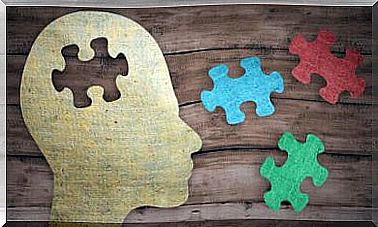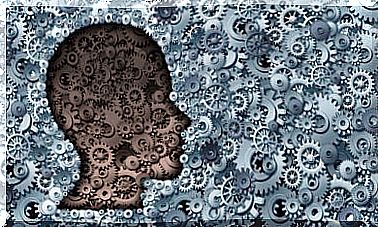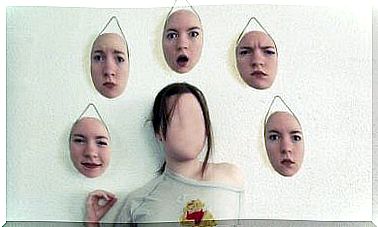The Clock Test: A Method For Detecting Alzheimer’s Early
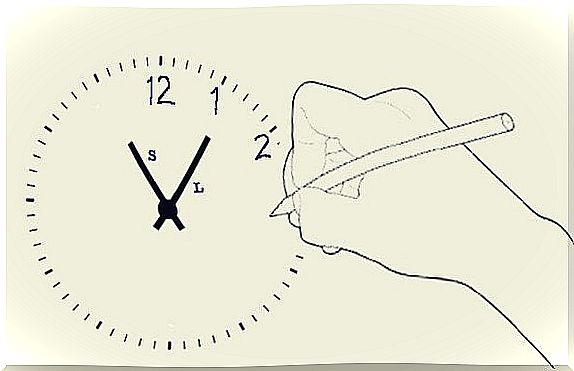
The clock test is a very simple diagnostic test you can perform. Its purpose is to evaluate the cognitive impairment of patients and diagnose neurological and psychiatric disorders. This means that it can be used to detect Alzheimer’s early.
It is one of the most common tests and was started in 1953, specifically for Alzheimer’s and other types of dementia. If I were to say that this test is “entirely” based on asking a person to draw a clock that shows ten minutes past eleven, many would surely doubt its accuracy and effectiveness.
But there are several practical aspects we need to consider in connection with this seemingly simple task.
First of all, one must understand the instruction: “draw a clock that shows this time.” Then the person must plan, use their coordination and adjust their visual perception, visuomotor coordination and visuoconstructive capacity.
It’s not just any test. The cognitive efficiency the clock test requires makes it one of the most useful tests available. Especially if we compare with those that are more complex, more expensive and less reliable.
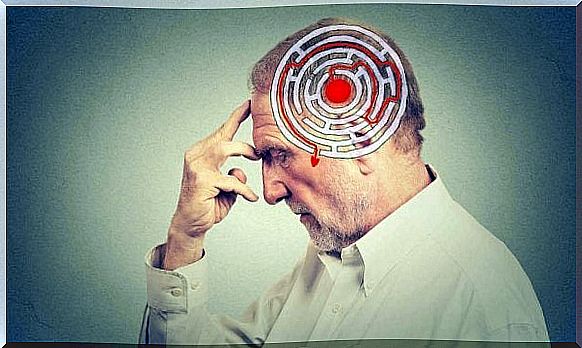
As we said earlier, the test was first developed and used in 1953. They wanted to evaluate constructive apraxia (common in dementia) and also identify the extent of lesions in the parietal cortex.
Slowly but surely, it became an important tool as people discovered how useful it was in diagnosing cognitive impairment. It is especially useful for detecting Alzheimer’s early, as the test exposes the problems that arise in its first phase.
Using this test is relatively simple. However, a trained psychologist must perform it and analyze the results. The results of the clock test can shed light on various forms of medical conditions, deficiencies and brain damage. We should also note that there are up to 15 ways to evaluate this test.
In general, the doctor or psychologist can choose to perform the test in one of two ways:
- The patient draws the clock by following instructions. In this case, the patient is given a blank piece of paper on which he must draw a clock showing 11:10. It is important that the circle distributes the hours correctly.
- The second method is to ask the person to copy a picture of a clock that has already been drawn. He must copy it exactly: numbers, size and hands.
- When the patient has completed the test, the doctor will ask if he is finished and whether he thinks he has performed well.
You are probably wondering why the patient should draw the specific time 11:10. Something as simple as this means that the two visual halves of the brain must participate.
The person must also listen to instructions, understand them, remember what clocks look like, where each hour should be and then plan what to do with the hands.
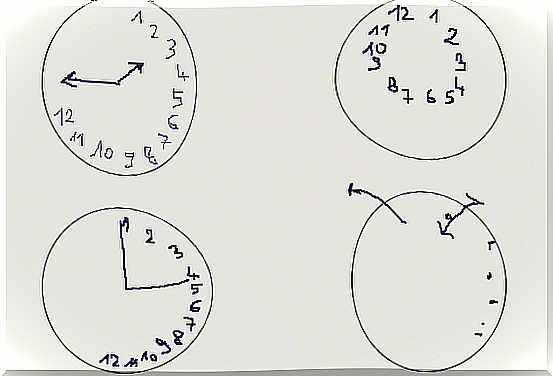
As we have pointed out, there are many ways to evaluate this test. We can observe the circle, the order of the numbers and their position. The expert can also take into account whether the numbers are inside or outside the circle, if they are only on one side or if there are too many numbers.
For example, people with schizophrenic disorders may be obsessed with marking every minute on the clock. Their drawings are often quite bizarre, motley and almost impossible to decipher.
Maria is 80 and is going with her children to see a psychologist for the first time. “I forget things,” she says with a laugh as the family watches with worried eyes. The psychologist notes some information and talks to Maria to make her relaxed and get to know her.
He then asks her to draw a clock that shows a very specific time – 11:10. The result is what we see below.
Maria’s cognitive impairment is obvious. This test will not be the only one Maria undergoes. The experts will use other psychological tests and strategies to determine whether Maria has Alzheimer’s.
However, the clock test is a starting point that offers reliable and revealing information that is very important for detecting Alzheimer’s early. Maria is already 80 years old and loss of cognitive functions is common, so natural deterioration must be ruled out.
We should also mention that this test has been refined in recent years. There is even a pen designed by the Massachusetts Institute of Artificial Intelligence and Computer Science (MIT). It senses the person’s pulse, precision, interruptions, tremors and other forms of irregularities. Thanks to this technology, experts can develop thousands of parameters.
The most interesting thing, however, is that experts can detect Alzheimer’s early, as well as Parkinson’s. Early detection gives doctors a chance to develop better strategies and treatments.
The clock test will continue to be one of the best tools for detecting this type of disease in the coming years.

